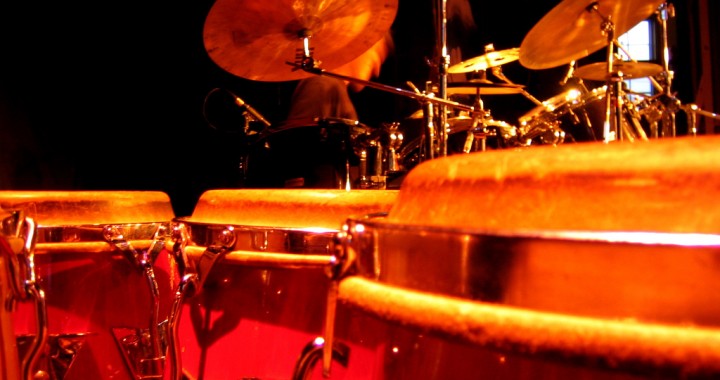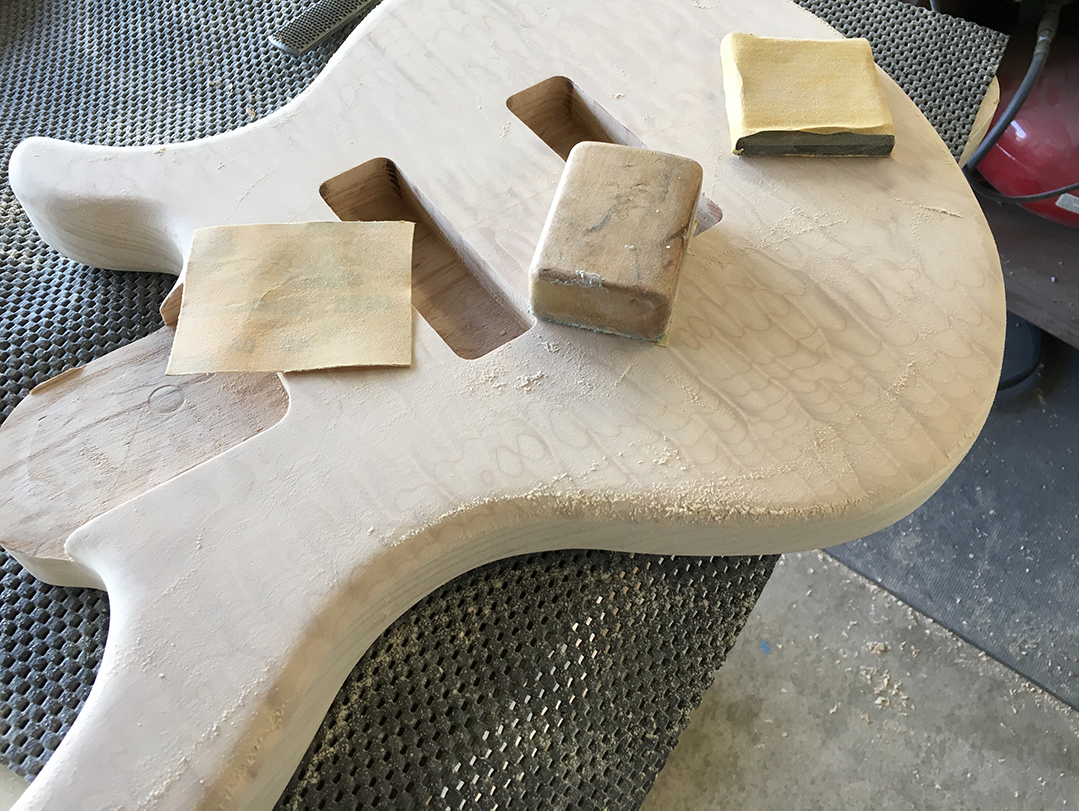Getting back to basics with your chops and keeping both hands.
A First Line on Conga Technique
Lots of bands throw a pair of congas in front of the backup vocals to fill in some space or have a full-blown percussionist on stage for extra energy. Whether you’re either of these people, you can really benefit from a little bit of basic conga technique. Basically, you can’t play gigs with broken fingers and won’t get booked to play them if it doesn’t sound good in the first place.
Whether you’ve been playing for years or are just now shopping for drums, conga playing can seem new, exciting and frustrating all at once. Here are a few simple things to keep in mind when you’re trying to stay out of intensive care and on the gig scene:
1) Don’t hurt yourself.
Thrusting your arm down and pounding the fleshy top of your palm into the rim to get an “edge” or “open” sound hurts for a reason. Your wrists should be the primary joint you use for the “open” conga sounds. Play a contact sport if you want bruises!
2) Get good sounds first… THEN play loudly.
You should develop a distinct ‘pallet of sounds’ to choose from. Isolating and refining those sounds first and toying with them a little each day will help you build your personalized style. Don’t worry about playing loudly! No doubt, you will take it to the next level the next time you rehearse or gig. For the seasoned player, try for consistency – see how many sounds in a row you can make sound EXACTLY the same. Once that number is fairly high, play with the tempo and get that same sound playing various rhythms. Sounds simple, right? Try it!
3) Learn some patterns.
Even if you only intend to randomly solo on the instruments, learn a few basic patterns. (Having trouble with that one? Try, “A combination of sounds that cycles exactly.”) So a lot of you want to have some freedom and REFUSE to do that, but freedom from what? Get some patterns to ‘escape’ from and you’ll find your solos maybe having a little more drive and consistency.
These aren’t the be-all-end-all rules of conga technique, just some things to keep in mind as you approach the instruments for the first time or as if it were the first time to stay healthy and gigging. The next article will focus on specific techniques, basic sounds and a couple of simple patterns.
Go drum!
-Brian K. Fending



